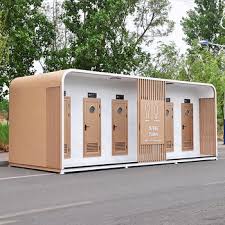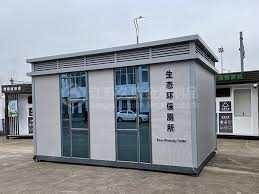In today’s world, sustainability isn’t just a buzzword—it’s a necessity. One area often overlooked in our daily routines is toilet technology. The choice between vacuum toilets and traditional flushing toilets can have a significant impact on water consumption, maintenance costs, and even overall environmental footprint.
Let’s explore the differences and see which option may be right for you.
Traditional Flushing Toilets: Tried and True
Traditional toilets rely on water to remove waste. Typically, a standard toilet uses between 6 to 13 liters (1.6–3.4 gallons) per flush, depending on age and model. While simple and reliable, they come with a few downsides:
- High Water Consumption: Even modern low-flow models can consume more water than necessary over time.
- Plumbing Requirements: They require significant water pressure and drainage systems, which can add to installation costs.
- Maintenance: Over time, components like flappers and valves may require replacement.
Traditional toilets are familiar, but their water usage can add up quickly—both for your utility bills and for the environment.
Vacuum Toilets: Innovative and Efficient

Vacuum toilets use a powerful vacuum to remove waste with very little water—sometimes as little as 0.5 liters (0.13 gallons) per flush. Key advantages include:
- Extreme Water Savings: Up to 80–90% less water usage compared to traditional toilets.
- Flexible Installation: They don’t rely on gravity, making them ideal for challenging locations.
- Reduced Maintenance Costs: Fewer moving parts and less water exposure mean fewer leaks.
The technology might seem futuristic, but its benefits are tangible: lower water bills, reduced environmental impact, and a sleek, modern approach to sanitation.
Cost Comparison: Initial vs. Long-Term
When considering cost, both initial installation and ongoing expenses are important:
| Feature | Traditional Toilet | Vacuum Toilet |
|---|---|---|
| Initial Cost | Lower ($100–$500) | Higher ($1,000–$3,000) |
| Water Usage per Flush | 6–13 liters | 0.5–1 liter |
| Annual Water Bill | Higher | Significantly Lower |
| Maintenance | Moderate | Low |
| Lifespan | 10–15 years | 15–20 years |
While vacuum toilets require a larger upfront investment, the water savings and reduced maintenance can make them cost-effective in the long run—especially in high-usage environments.
Why the Shift Toward Vacuum Toilets Matters

With growing water scarcity and environmental concerns, the adoption of vacuum toilets isn’t just a trend—it’s a smart choice. For commercial buildings, hotels, and residential spaces focused on sustainability, vacuum toilets represent a practical way to reduce water consumption without sacrificing comfort.
ZNZK: Leading the Way in Smart Sanitation Solutions
For those ready to make the switch, ZNZK offers innovative vacuum toilet systems designed for maximum efficiency and minimal environmental impact. With advanced engineering, easy installation, and long-term cost savings, ZNZK is helping homeowners and businesses embrace a more sustainable future.
Whether you’re upgrading a residential bathroom or planning a large commercial project, exploring ZNZK’s solutions could be the first step toward a smarter, eco-friendly sanitation system.
Post time: 25-10-2025

